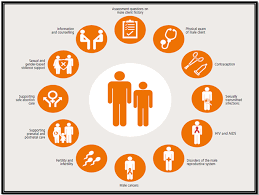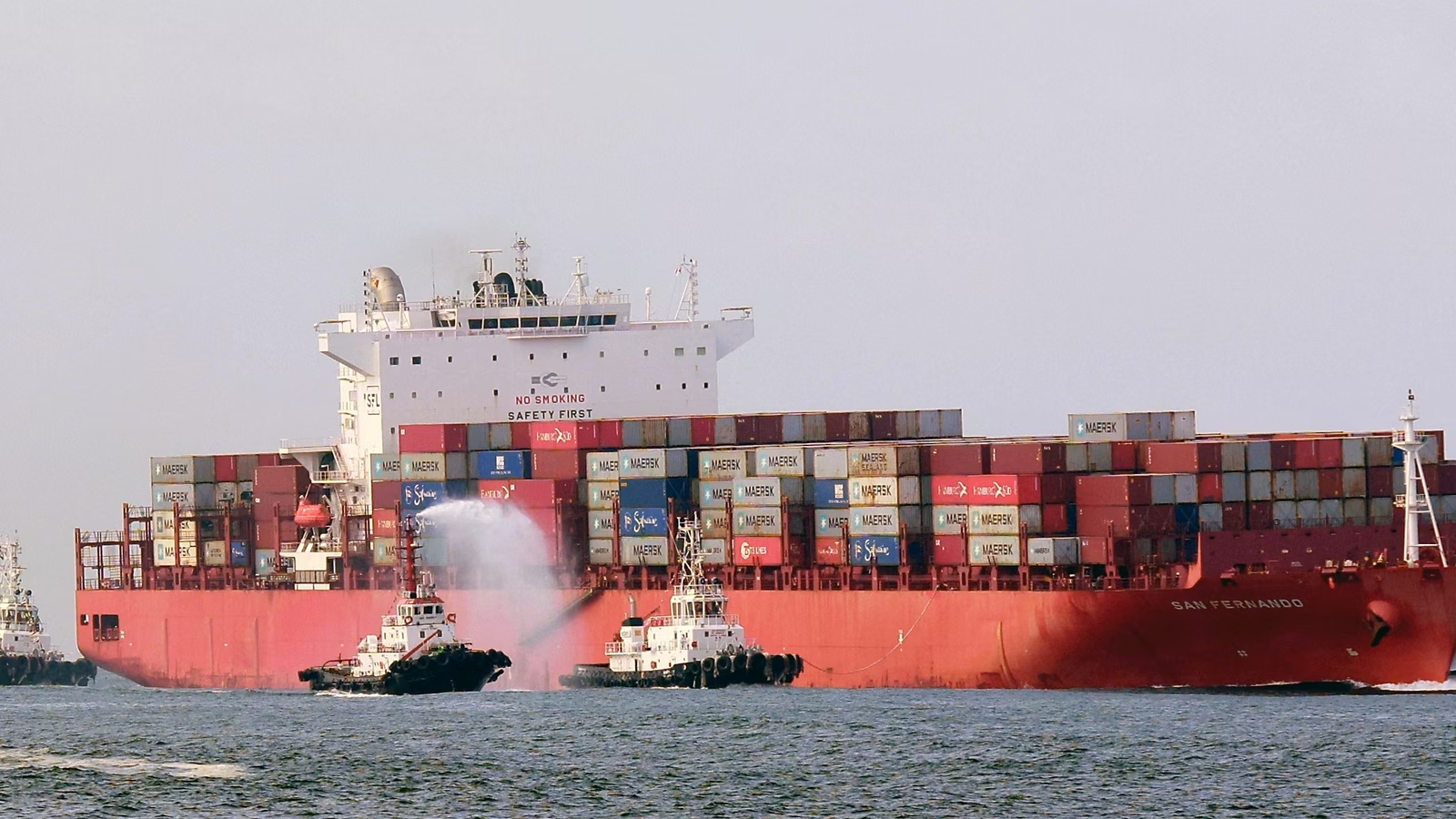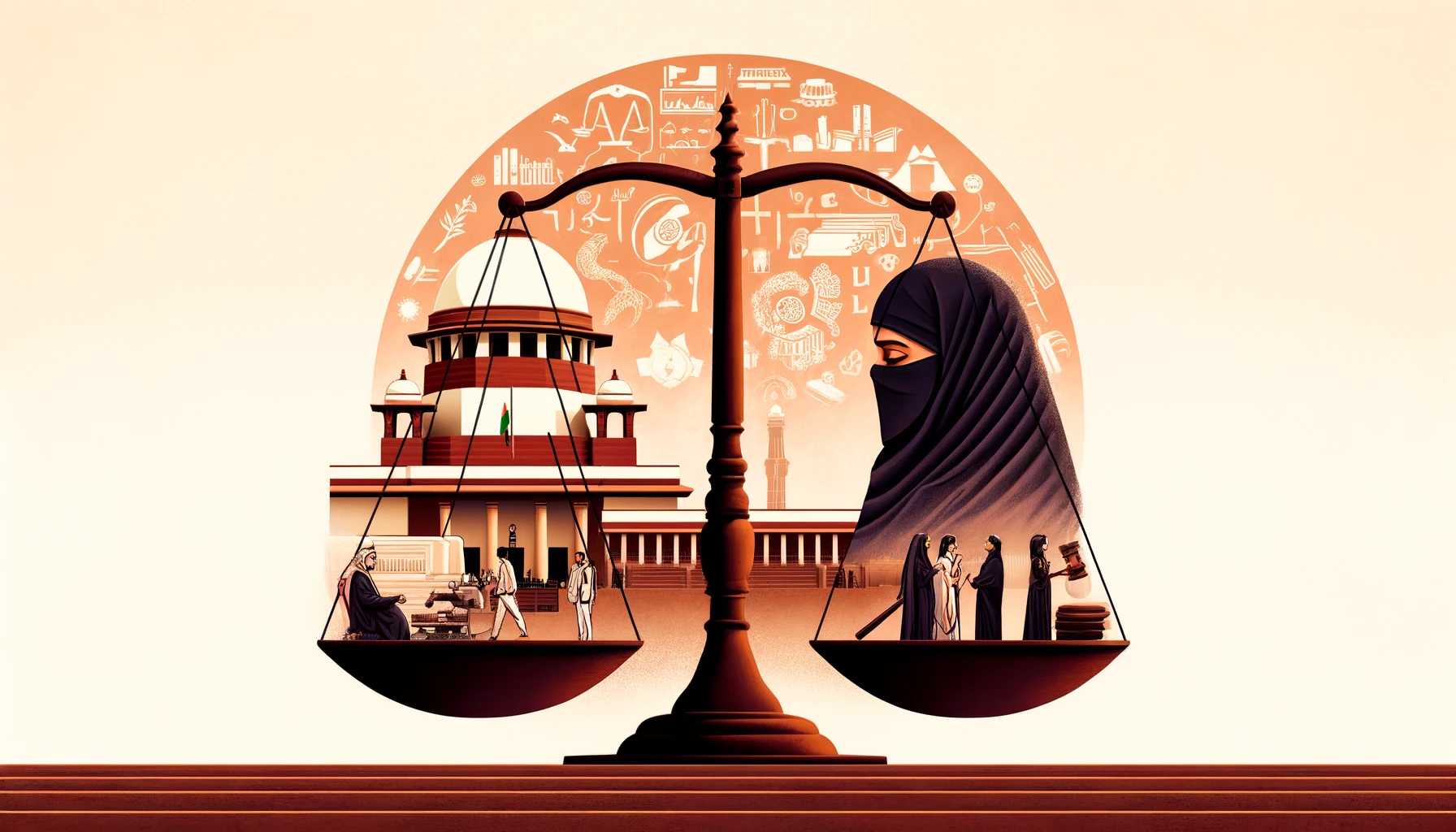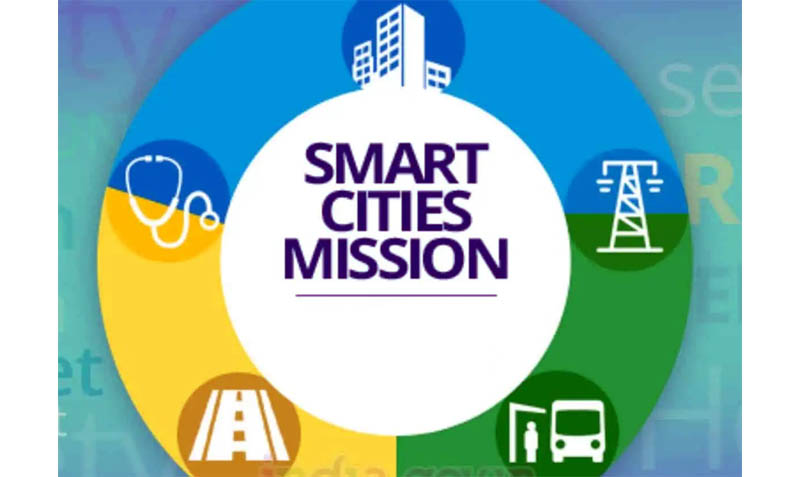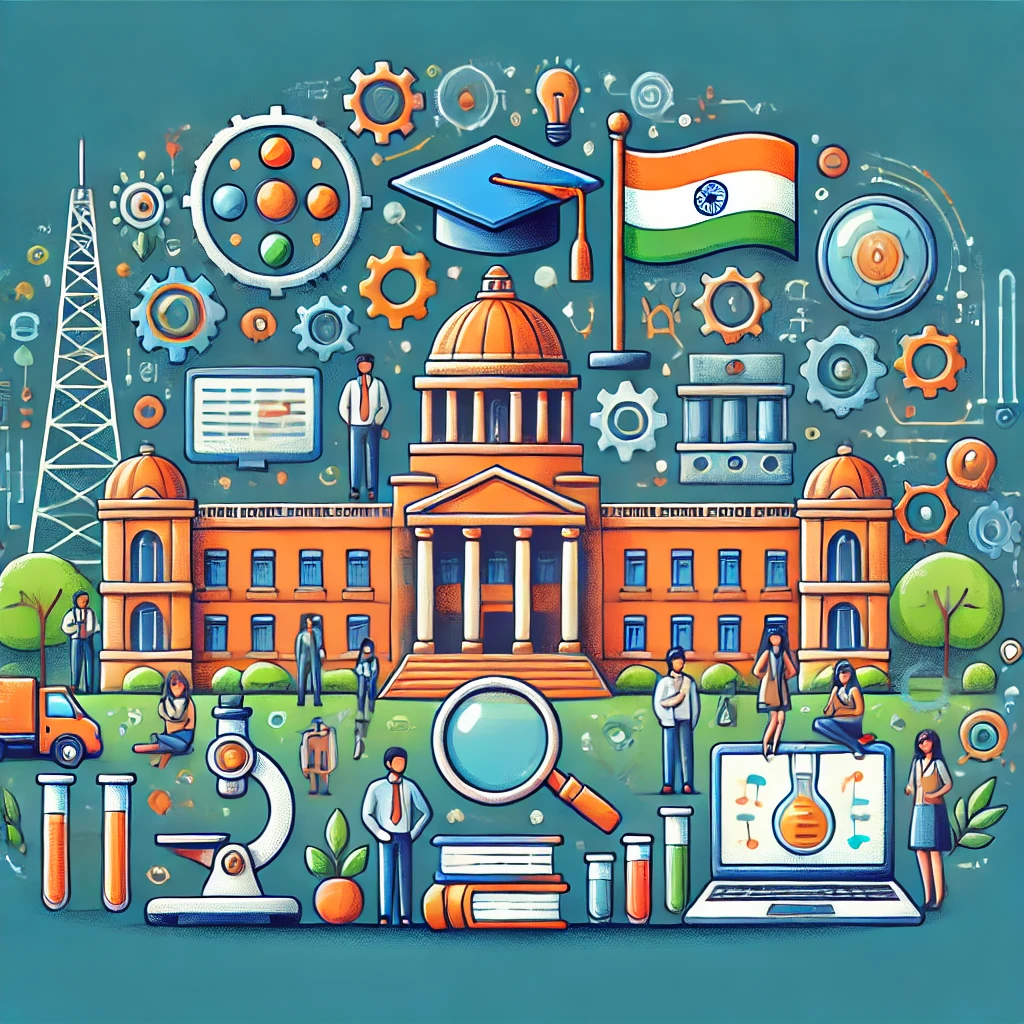The Hindu: Page 11
Syllabus: GS 2: Social Justice
Practice Question for Mains: What are the barriers to women's economic participation and financial inclusion in India? Evaluate the effectiveness of existing government schemes in addressing these barriers.
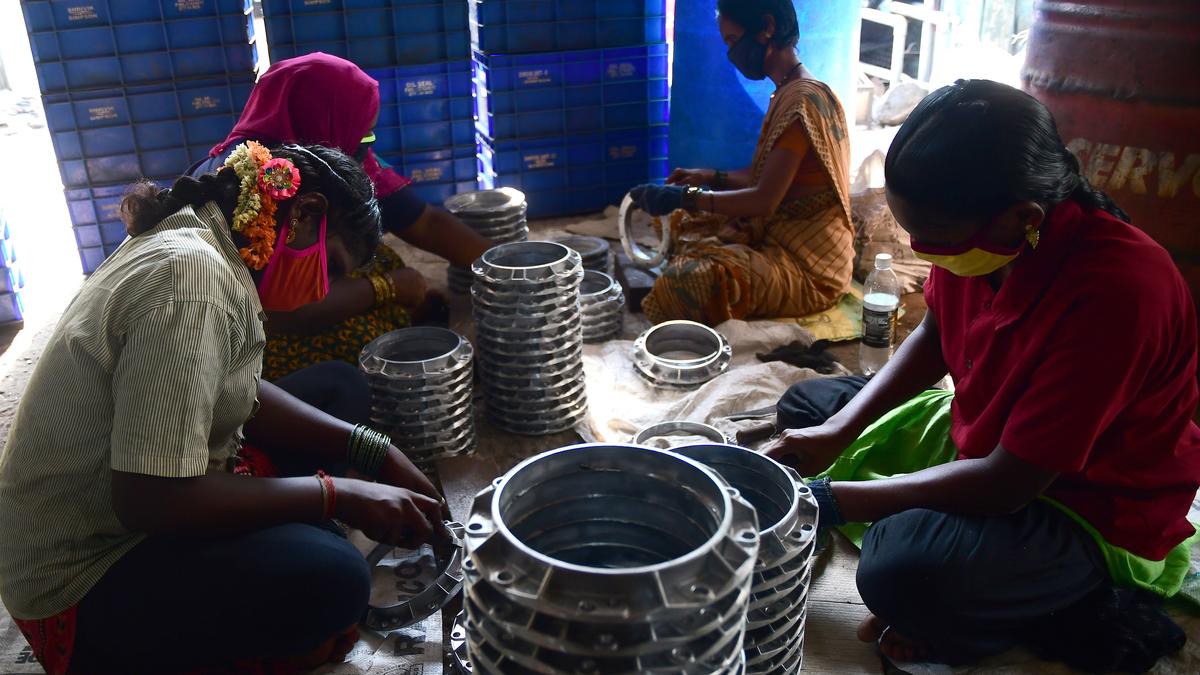
Neeraj Nigam, RBI Executive Director, highlighted challenges of low female labour force participation and limited credit access for women-led MSMEs, underscoring barriers to economic growth and financial inclusion in India.
- Female labour force participation in FY22 was 32.8%, significantly lower than men’s at over 77%.
- Women lead 20% of MSMEs, yet they receive only 7% of outstanding credit allocated to the sector.
- Nigam emphasised the need to increase credit supply to women-led businesses to enhance their economic participation and development.
- His remarks were made at the ‘Financing Women Collaborative’ event organised by Niti Aayog and Transunion Cibil.
Current Status of Women Employment in India (Periodic Labour Force Survey (PLFS) Annual Report for FY24)
- Labour Force Participation Rate (LFPR): The female Labour Force Participation Rate increased significantly from 24.5% in FY19 to 41.7% in FY24, indicating a higher number of women seeking employment opportunities.
- Worker Population Ratio (WPR): The proportion of working women saw a sharp rise from 23.3% in FY19 to 40.3% in FY24. This indicates that now 4 out of every 10 women are engaged in some form of work.
- Type of Employment:
- Unpaid Family Workers: More than a third of women in the workforce are employed as unpaid helpers in family enterprises.
- Salaried Employment: Less than a fifth of women hold salaried jobs.
- The high proportion of women working as unpaid family helpers suggests that a large segment of the female workforce is not engaged in gainful or formal employment.
- Sectoral Distribution: A large proportion of women are employed in agriculture, which has lower pay and productivity compared to manufacturing or services sectors. Despite structural economic changes, many women remain engaged in low-paying and informal jobs.
These trends indicate that while more women are entering the workforce, many are employed in low-quality, unpaid, or informal roles, highlighting the need for targeted policies to enhance the quality and nature of employment for women in India.
Schemes for Self-Employment and Empowerment of Women
The Government of India has launched several initiatives to promote self-employment and the holistic development of women. Key initiatives and schemes include:
Training and Financial Support:
- Training through Institutes: Women are provided training through Women Industrial Training Institutes, National Vocational Training Institutes, and Regional Vocational Training Institutes under the Pradhan Mantri Kaushal Vikas Yojana (PMKVY).
- Stand-Up India: 81% of loans (ranging from ₹10 lakhs to ₹1 crore) under the scheme have been availed by women.
- MUDRA Yojana: 68% of loans (up to ₹10 lakhs) have been disbursed to women-owned enterprises to support their businesses.
- National Rural Livelihoods Mission (NRLM): About 9 crore women are connected with approximately 83 lakh self-help groups (SHGs), which receive support through collateral-free loans.
Agriculture and Rural Development Support:
- e-NAM (National Agriculture Market): Provides online trading platforms for agricultural commodities, helping women farmers access markets and extension services.
- Support for Women Cooperatives: The National Cooperative Development Corporation aids women cooperatives involved in various agricultural and non-agricultural activities.
- Mission for Integrated Development of Horticulture: Offers training for skill development and higher subsidies for women farmers under the Sub-Mission on Agricultural Mechanization.
Digital and Entrepreneurial Initiatives:
- Common Service Centres (CSCs): Over 5.2 lakh CSCs have been set up nationwide to provide digital services and foster entrepreneurship, with 67,000+ women entrepreneurs involved.
- Pradhan Mantri Shram Yogi Maan-Dhan (PM-SYM): Ensures old-age protection for unorganised women workers earning up to ₹15,000 per month.
Mission Shakti – Umbrella Scheme:
- Samarthya Sub-Scheme: Facilitates empowerment through Hub for Empowerment of Women (HEW), which connects women to various institutional schemes for healthcare, education, career counseling, financial inclusion, and social security.
- Sambal Sub-Scheme: Focuses on safety and security of women through various support systems.
Educational and Developmental Programs:
- Beti Bachao Beti Padhao (BBBP): Aims to ensure the survival, protection, and education of the girl child.
- Kasturba Gandhi Balika Vidyalayas: Provides quality education and residential facilities for marginalized girls.
- Udaan Programme for Girls: Supports online science education for girls in Classes XI and XII to help them transition to engineering institutions.
- National Means-cum-Merit Scheme: Provides a cash incentive of ₹1,000 per month to girls from economically weaker sections to reduce dropout rates.
- Sukanya Samriddhi Yojana: A savings scheme offering higher interest rates for the future education and financial security of girl children.
These comprehensive schemes are aimed at the economic empowerment of women, skill development, financial support, and promoting entrepreneurship to create self-employment opportunities and holistic growth across various sectors.
PYQ Prelims (2017)
Q. Which of the following gives ‘Global Gender Gap Index’ ranking to the countries of the world?
a) World Economic Forum
b) UN Human Rights Council
c) UN Women
d) World Health Organization
Ans: (a)

